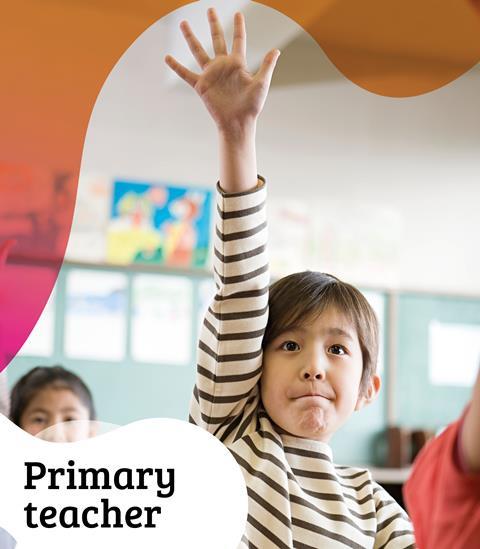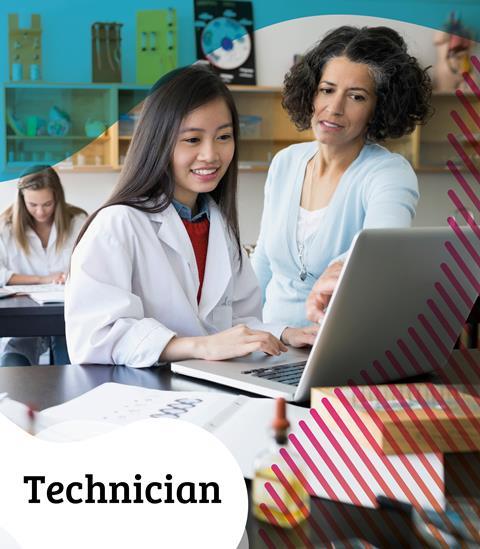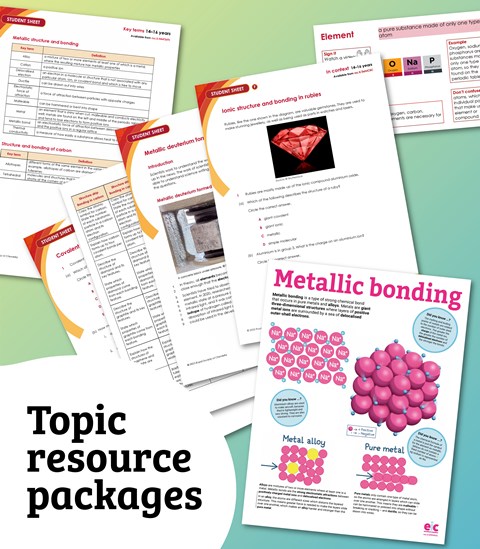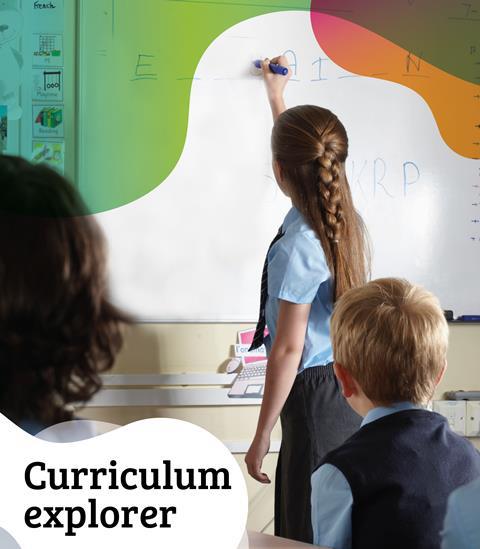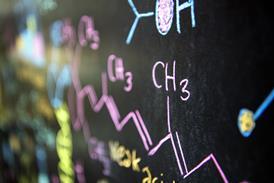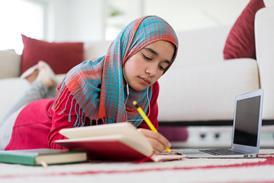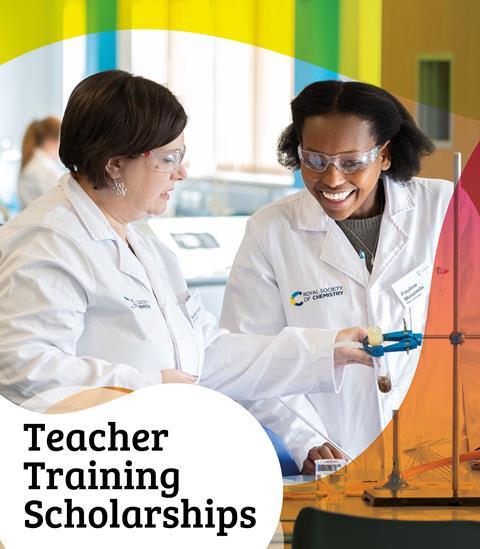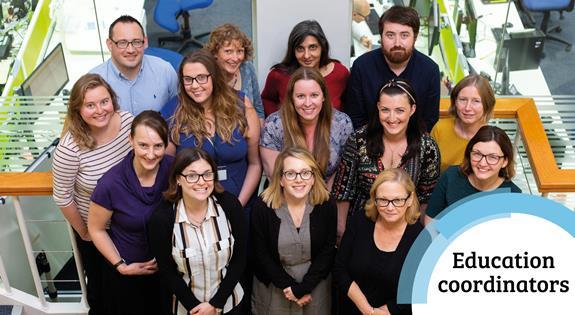All Cross-curriculum articles – Page 5
-
 Resource
ResourceMagic writing with sodium nitrate solution
In this experiment, students write a hidden message using invisible ink and watch what happens when a glowing splint touches their message.
-
 Resource
ResourceInvisible inks
In this experiment, students test a variety of substances to see if they can be used as an invisible ink.
-
 Resource
ResourceSpinning colour top
In this experiment, students observe, describe and explain what happens when a multicoloured disc spins at a high speed.
-
 Resource
ResourceMaking a rainbow
In this experiment, students observe what happens to white light as it passes through water droplets.
-
 Resource
ResourceWere Ancient Greek statues white or coloured?
Renaissance artists studied the sculptures and monuments of Greece and Rome and emulated them in their own work, ie they imitated the art. This perspective of art has echoed down the centuries to influence the appearance of Western art and architecture today.
-
 Resource
ResourceRadiography
Part of the art conservation process is the examination and investigation of the artefact to determine its structure, make-up or stability. This resource investigates the two main types of radiography used: x-ray and gamma.
-
 Resource
ResourceFlame tests using metal salts
In this classic science experiment, students report on the colours produced when flame tests are carried out on different metal salts.
-
 Resource
ResourceOil and water mix
In this practical, students predict and observe what happens when water and alcohol, and water and oil are mixed.
-
 Resource
ResourceMaking an oil-water emulsion
Students observe what happens when oil and water are mixed, and how the results of the experiment change when various substances, including an emulsifier, are added.
-
 Resource
ResourceTyndall effect- why the sky is blue
In this experiment, students observe and report on the Tyndall effect. Also, students use their knowledge of the properties of mixtures and emulsions, and light to explain their observations.
-
 Resource
ResourceThree colours from the same dye-bath
In this experiment, students see if dyes bond differently depending on the material, and what effect this has.
-
 Resource
ResourceMeasure the speed of light
In this experiment, students report their findings when bread, covered in butter, is placed in a microwave without the turning plate. They also use their data to calculate the speed of light.
-
 Resource
ResourceMaking marbled paper
In this practical, students create a marble effect on paper, using their knowledge of mixtures and hydrophobic solutions to explain the phenomena. Also, students use their evaluating skills to determine which method produces the best result.
-
 Resource
ResourceAncient inks
In this practical, students use methods which have been used for centuries to produce inks.
-
 Resource
ResourceWater drop art
In this practical, students observe and report what happens when water is placed on waxed paper, and a splint or toothpick is positioned close to the droplets.
-
 Resource
ResourceMaking and using blueprint paper
Blueprints use the cyanotype process invented by the astronomer John Herschel in 1842. In this experiment you will carry out an experiment to produce blueprint paper and produce an image or diagram using the blueprint paper.
-
 Resource
ResourceRestoration of Minoan paintings: Imitation or reproduction?
Minoan art tells of a people who were keen observers of their world, in touch with the environment and enjoying the world they lived in.
-
 Resource
ResourceGreek art theory influences future art
Here we look at how the influences on Ancient Greek art, including the importance, and what is meant by, the Goldern Ratio.
-
 Resource
ResourceEgyptian blue
The Egyptians sought a permanent blue pigment to depict their royalty and gods with the necessary reverence. Here we look at how the Egyptian achieved a blue pigment that didn’t degrade over time.
-
 Resource
ResourcePrinciples of Egyptian art
Understanding Egyptian art lies in appreciating what it was created for. Ancient Egyptian art must be viewed from the standpoint of the ancient Egyptians not from our viewpoint. Here we explore the basis of Egyptian art.

